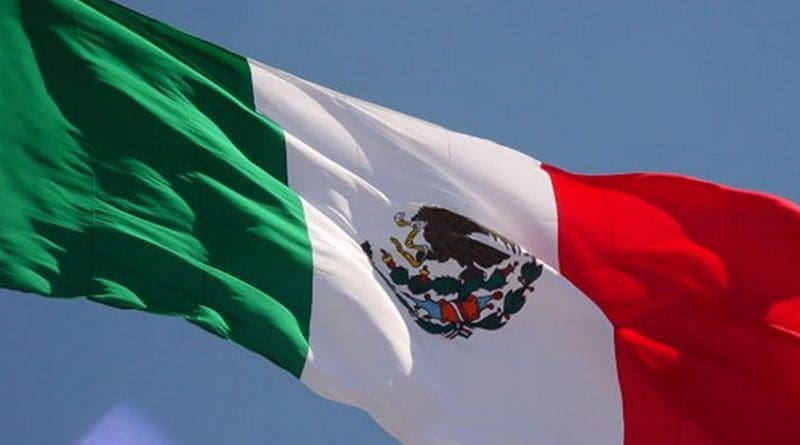Los Zetas Cartel The Most Powerful In Mexico, Claims Report
By Jim Kouri
A new report and graphic shows that the deadly drug cartel Los Zetas controls criminal activity, drug trafficking, and extortion in over half of Mexico’s territory. The report was obtained by the U.S. National Association of Chiefs of Police yesterday.
Cuitláhuac Salinas, head of the Assistant Attorney General’s Office for Special Investigations on Organized Crime (SIEDO), presented a map at the National Institute of Penal Sciences that illustrates the territories in Mexico controlled by each cartel. Students and lawyers from around the nation attended the event.
The map shows that Los Zetas, which is led by Heriberto Lazcano, alias “El Lazca,” controls most of Mexico’s southern regions as well as the Gulf of Mexico. The cartel has a presence in 17 out of the 31 Mexican states, which is a decrease from the 23 states it operated in during 2008.
These states include Sonora, Chihuahua, Durango, Coahuila, Nuevo León, Zacatecas, Aguascalientes, San Luis Potosí, Hidalgo, Veracruz, Tamaulipas, Distrito Federal, Oaxaca, Tabasco, Chiapas, Yucatán, and Quintana Roo.
According to the map, the Sinaloa Cartel comes in a close second behind Los Zetas. The Sinaloa cartel has a presence in 16 Mexican states and primarily conducts its activities in northern regions, especially Nuevo León and Veracruz where they coexist with Los Zetas members, which is a major source of violence and conflict in the region.
Sinaloa members can be found in Baja California Sur, Chihuahua, Durango, Sinaloa, Guanajuato, Querétaro, Oaxaca, Chiapas, Veracruz, Quintana Roo, Baja California, Sonora, Jalisco, Colima, and Guerrero.
Other major and powerful cartels featured on the map include the Juárez Cartel, La Familia Michoacana, the Knights Templar, and Beltrán Leyva.
With the presentation of the above map at the conference, SIEDO also explained how the structure of most of these cartels has changed over the last two decades from a horizontal to pyramidal structure. When cartels first formed, they were flatter, meaning a single leader was responsible for commanding its members. Now, most cartels have a pyramid structure consisting of various cells controlled by a higher up official who commands them to complete a specific assignment, reported SIEDO.
Most of the lower level members never actually meet their bosses, which creates a buffer between the drug runners on the bottom and the cartel leaders on the top. As SIEDO continued to explain, this makes it more difficult for authorities to actually charge higher up cartel members with crimes since they are often physically removed from the actual buying and selling of drugs and weapons.
Special thanks to the Justice in Mexico Center for their valuable assistance.

